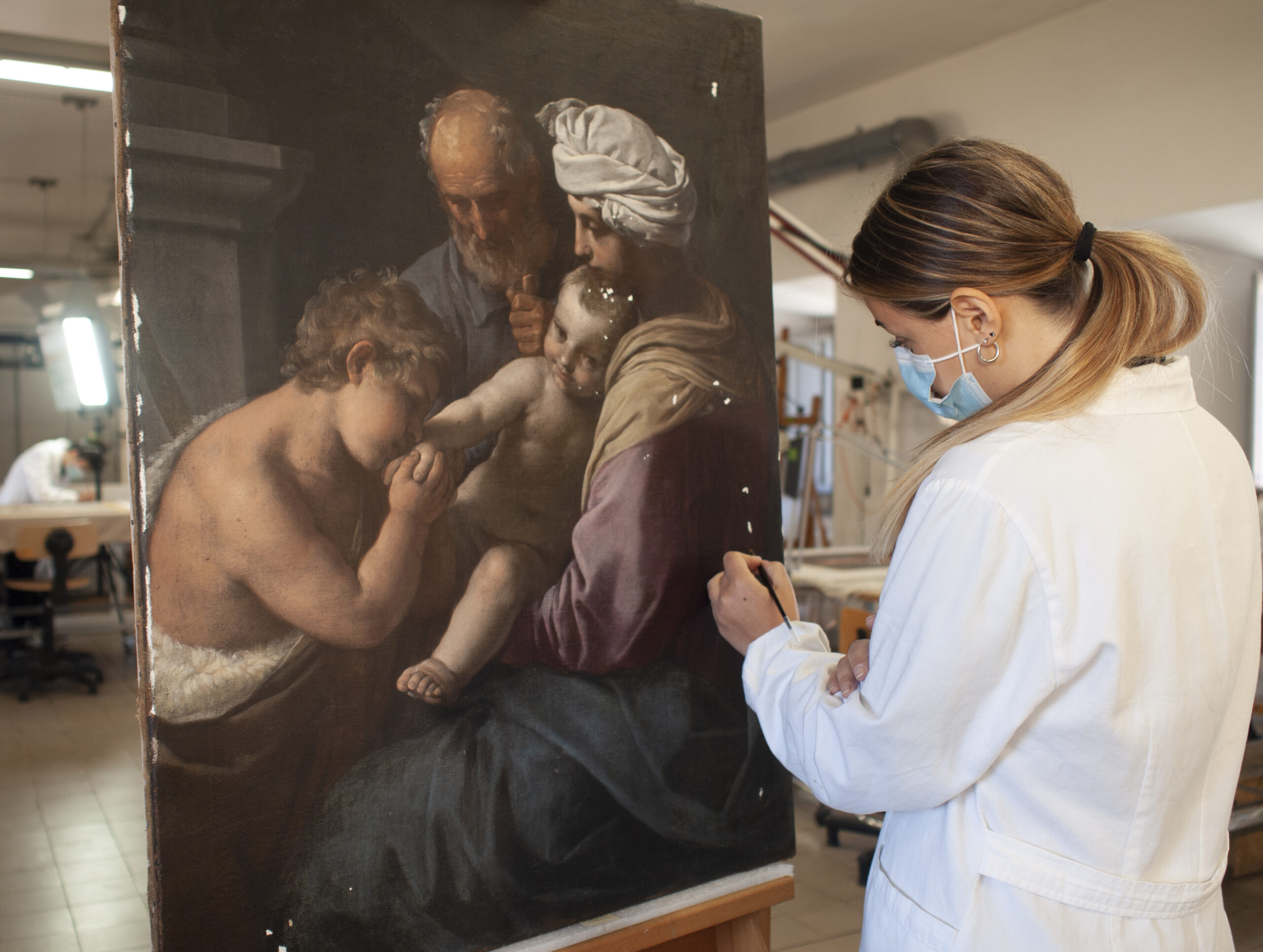24th 2021 The Advanced Training School of the Central Institute for Restoration (Italy)
[ Selection Manager ] International Advisor, Lamberto Dini (Italy)

The Central Institute for Restoration (ICR) was founded in 1939 with the aim of conserving and restoring Italy's vast cultural and artistic heritage, threatened at the time by the outbreak of the Second World War. In 1941, the first specialist course in Europe for the training of professionals in restoration was created in ICR, subsequently leading to the development of the Advanced Training School (SAF), creating professional restorers for works of art, who could work in all conditions, wherever needed.
Encouraging an attitude of humility, students are taught, “We are not great artists, but we come into close proximity with great, important works of art and for us knowledge is important, so also curiosity, intelligence in what we do.” The Director of the ICR, Alessandra Marino, describes a restorer as having, “a complete understanding of the work, of the materials of which it is composed, on how it fits into the historical and cultural context of the period as well as the present.”
With a high ratio of staff to students, with one teacher for five students for practical work, a total of 110 students are taught in two locations – Rome and Matera in Southern Italy. Each year, 25 students, including a few international students, start the taxing five-year master's course studying inorganic and organic chemistry, biology and physics, and all studies essential in order to understand the objects being restored. Restorers, historians, chemists, physicists, biologists, zoologists and anthropologists all work together as a team at the ICR.
Students carry out theoretical and practical studies in the school’s laboratories and in the field, with the practical field studies accounting for 60% of the total coursework. Students can, from the start, find themselves coming face to face with works of the highest quality, while at the same time having to guarantee the absolute safety of these works. This is particularly true when dealing with the aftermath of damage caused by natural disasters, especially earthquakes.
Students also learn through active involvement in international projects in varying locations, including the restoration of the murals of the Umayyad Palace in Jordan and more recently underwater work to restore a submerged Roman villa in Greece.
Since its foundation, the school has produced around 900 graduates. Most have become professionals in the conservation and restoration of Italy’s rich cultural and artistic heritage, but some have travelled or returned overseas, joining leading international institutions including the Louvre, the Rijksmsuem and the Getty Research Institute.
The school comes under the jurisdiction of the Ministry of Culture who finances most of its annual operations budget. The school in Matera receives further financial support from the local authorities. Directors of the two school locations, Francesca Capanna, herself a former ICR graduate, and Giorgio Sobrà say the Grant from the Japan Art Association will be used to fund 30 collaborative research projects for students over the next two academic years.

